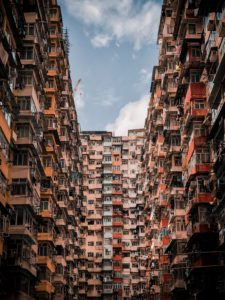
No nation incarcerates more of its citizens than the United States of American, and incarceration has adverse, generational consequences on both families and at-risk communities. In the nation’s jail and prisons, we have abandoned the concept of rehabilitation and overcrowding has reduced those facilities to dangerous warehouses. Indeed, prison produces the very thing society seeks to deter—Crime. It’s no wonder the nation’s most violent gangs can trace their origins to the nation’s prisons.
In our communities, especially at-risk neighborhoods, we over police substance abuse and the most vulnerable populations. The mentally ill languished in our jails and institutions, most without the benefit of treatment and/or therapeutics. Substance abusers and the mentally ill represent a disproportionate percentage of the inmate populations.
Few believe incarceration deters future behavior. Historically, high recidivism rates have put those myths to rest. So, we’re left with the inexact concept of punishment, but its application varies according to one’s social status, race, the political environment, whether it’s a federal or state crime, and a host of other arbitrary conditions. But if punishment doesn’t deter or rehabilitate, then what societal purpose is served by incarcerating non-violent offenders for mala-prohibita crimes.
Yet each year over 600,000 individuals are released from state and federal prisons. Another 9 million cycle through local jails. Regardless of the length of incarceration, over two-thirds are rearrested within three years of their release and half are reincarcerated. The overwhelming majority of inmates return to at-risk-communities, and these communities feed the prison pipeline with their sons and daughter, sisters and brothers, and even mothers and fathers.
So, how do we break this loop? Together!